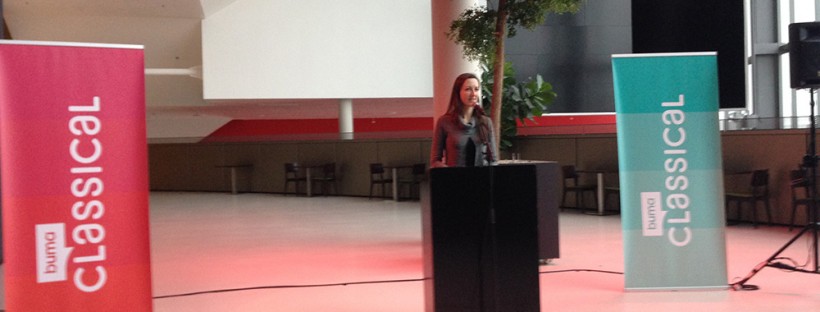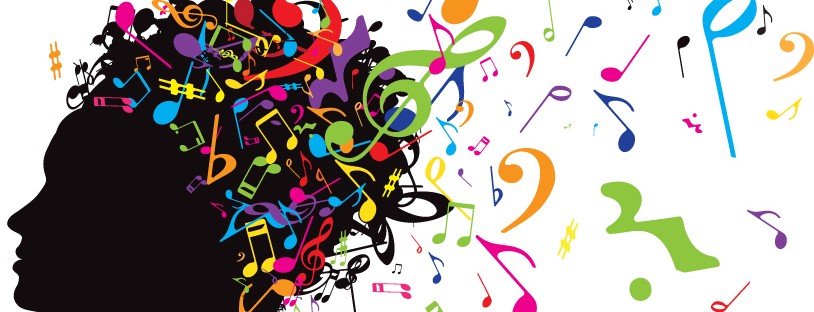This afternoon, I’m faced with the exciting challenge of pitching an idea in just three minutes. The panel of judges I’ll be trying to persuade has been put together by the Buma Classical Convention – a networking event organized at Utrecht’s main music venue, Tivoli Vredenburg. Also pitching ideas in the same session will be nine other musicians, so in addition to being extremely concise we must also make our ideas stand out. The stakes: €1.000, to be invested in the idea the panel finds most innovative.
I’ll be talking about The Mozart Effect – the project Merel Vercammen and I have been developing this year. Yesterday, to prepare, I wrote down a list of bullet points I thought were the most important to cover. Then I set my timer to three minutes and started working my way through them. What felt like just a few seconds later, I found myself abruptly running up against the end of my time limit. While the timer on my phone jingled away, I looked down at my list of bullet points and realized I had barely made it halfway through. Shit! Three minutes is short!
Once I got over the shock, I felt liberated. No question about it – there will not be not enough time to go into detail. And that’s perfectly fine, because the merit of our ideas, now and in any other context, will not be judged by how much detail we can expound on the subject but by whether or not the idea is compelling enough to spark people’s interest. The best ideas should be able to excite the listener in just one sentence (e.g. “I propose to land the first man on the moon within the next ten years”). If people want more detail after that, they will ask for it.
Wish me luck! I’m not planning any record-breaking space expeditions, but hopefully I will be able to connect with people who are also curious about exploring the influence of music on the brain.
A few hours later…
Before we started, as I was meeting the other pitchers, the three-minute limit was on everybody’s mind. It was the primary nugget of break-the-ice small talk: “Can you believe we only have three minutes?” The jury even had an hourglass and a bell!
Everyone managed the challenge quite well, though, and the result was an invigorating succession of creative ideas. Unfortunately, the Mozart Effect didn’t win the grand prize, but it had a glorious three minutes. Though winning €1.000 is a great victory for any project, the consolation is that these projects are all happening anyway. In the case of the Mozart Effect, we’re very thankful to already have grants from the Amsterdams Fonds voor de Kunst and the MAOC Gravin van Bylandt fund, so it’s moving forward, and we’ll keep you updated.


